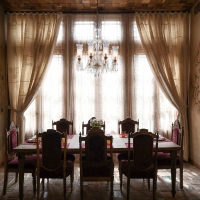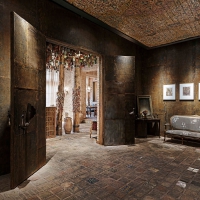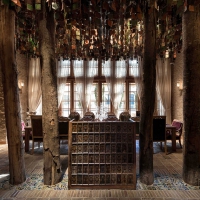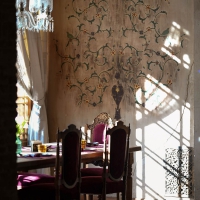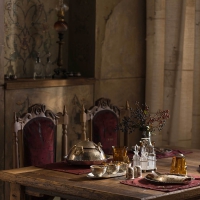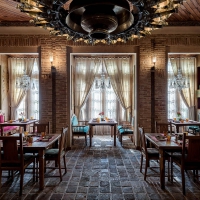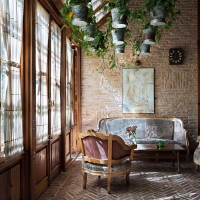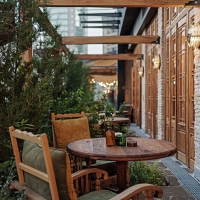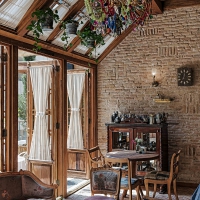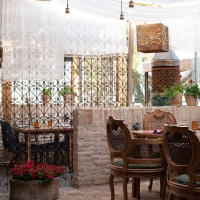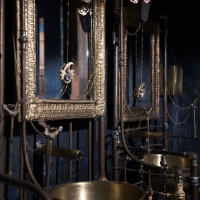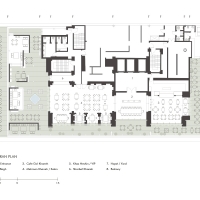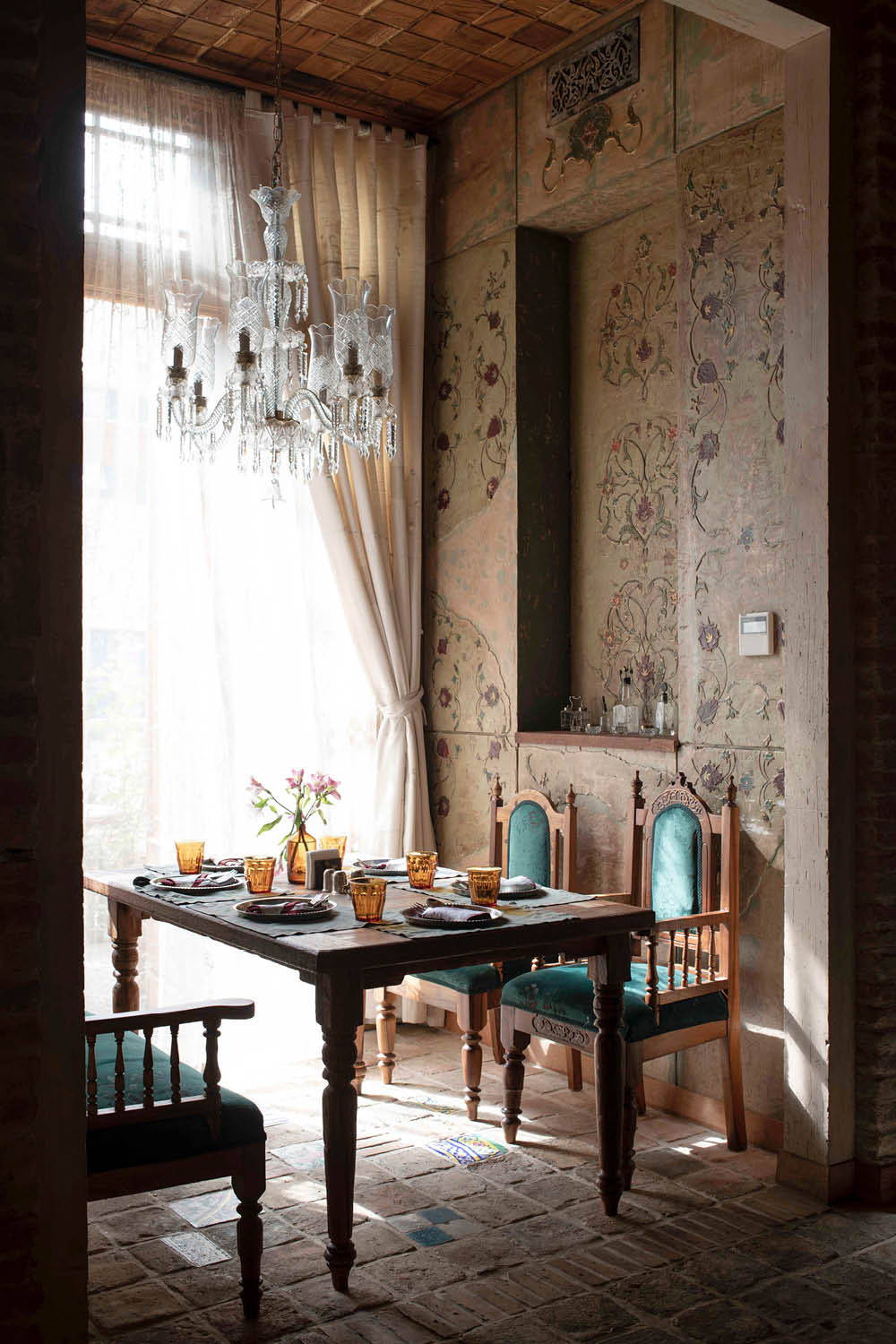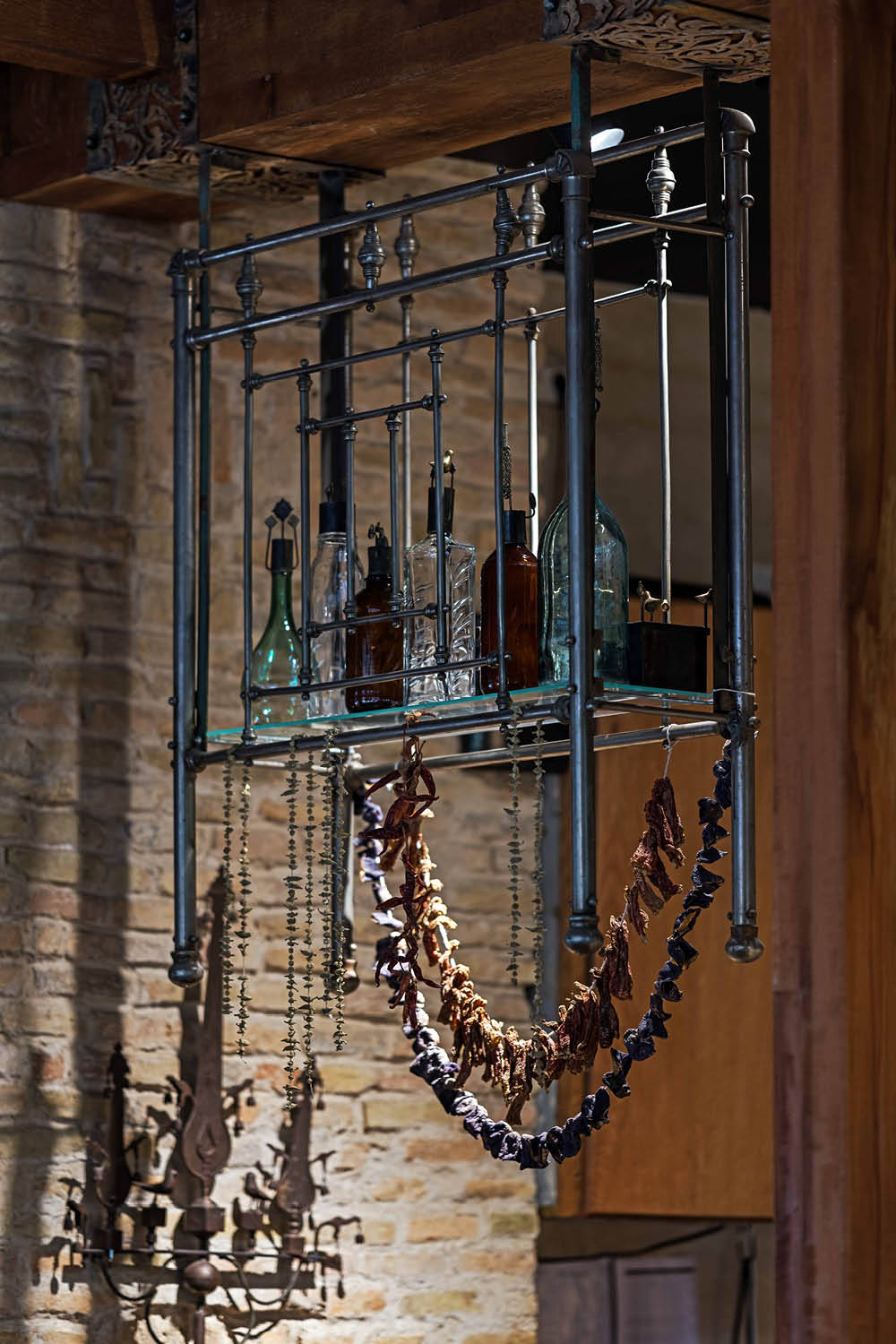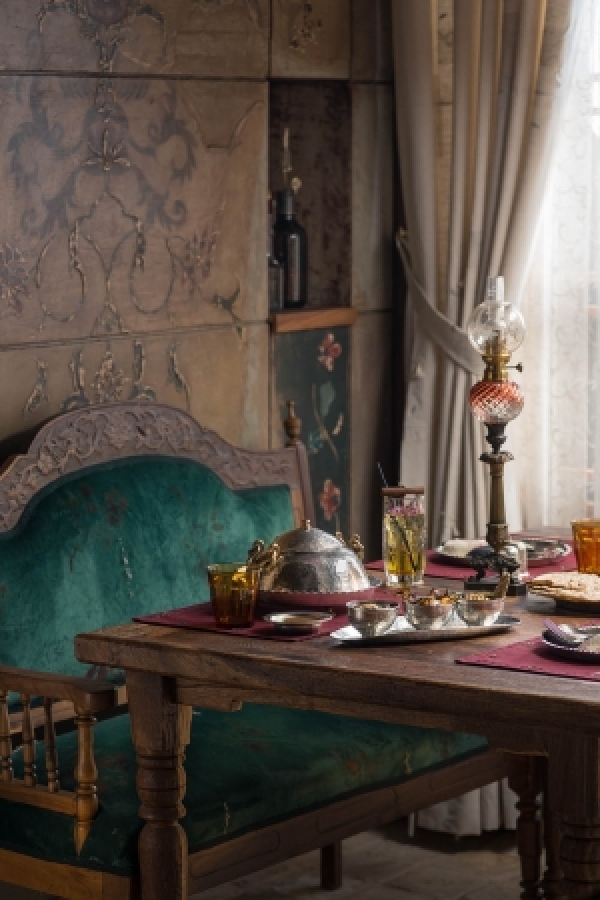Hestouran Restaurant
رستوران حستوران
- Type: Hospitality, Public, Interior Design
- Status: Completed
- Scale: Small
- Date: 2017
- Location: Elahieh, Tehran
- Design Team: Elina Vazinfard, Nastaran Hadidi, Elnaz Ghafourian, Nikrouz Seyedi
- Photographs : Hossein Farahani, Mehrdad Emrani
- Construction: Behzad Heidari
- Construction associate: Sahand Mazloumi, Ahmad Emami, Soheil Mazloumi, Nikrouz Seyedi, Hossein Karimi
- Mechanical Consultant: Arash Mojabi, Majid Bakhtiari
- Electrical Cosultant: Mehdi Ghandilzadeh
- Area: 1200m²
- نوع: رفاهی, عمومی, طراحی داخلی
- وضعیت: پایان یافته
- اندازه: کوچک
- تاریخ: 1396
- محل اجرا: تهران، الهیه
- تیم طراحی: الینا وزینفرد، نسترن حدیدی، الناز غفوریان، نیکروز سیدی
- عکاس: حسین فراهانی، مهرداد عمرانی
- اجرا: بهزاد حیدری
- همکاران اجرا: سهند مظلومی، احمد امامی، سهیل مظلومی، نیکروز سیدی، حسین کریمی
- تاسیسات مکانیکی: آرش مجابی، مجید بختیاری
- تاسیسات الکتریکی: مهدی قندیلزاده
- مساحت: 1200 مترمربع
Hes + restaurant
The word ‘Hes’ (/ˈhɛs) in Farsi is equivalent to ‘Sense’, which in its essence conveys feelings and sensations.
Accordingly, the project intended to generate and create a ‘Timeless/Boundless Iranian Space’ without any apparent hint to the individual memories of their users. Hence, it’s an indispensable part of the process to go through the times and places to define the user itself.
The geographical and historical aspects of the millennium of the Persian heritage and culture marks innovation, authenticity, and artistry approach of the people who endured invasion, redefining the borders and unsteady livelihood whilst have always created and had a major impact on the art and architecture of the from Africa to China.
As Iranian architects, we have become entangled with ‘Islamic,’ ‘traditional,’ ‘native,’ ‘climatic,’ ‘historical,’ architecture. In an effort to create a space labeled as ‘everything yet nothing,’ while all the aesthetic, historical, and nostalgic characteristics being distinguished by the user, nothing can be quite tagged to a reference.
The experience to work with independent artistic teams - which in the past have constantly collaborated with the architect as artisans but nowadays are being pushed away to galleries- resulted in genuine design and creation of every element involved.
The experience of presence begins with the " Hashti", a dark and solid atmosphere as a small art gallery for displaying works by Iranian artists. The morning light passing through the metal leaves of the trees in the “Hayat Khaneh” reminds us of the entrance to the central courtyard across a dark corridor. "Mehman Khaneh" is the experience of conversations and spending time together. The same language, the same memories, and the same song. "Khas neshin" with a private courtyard is a corner with all the lights and colors and memories, and "Hayat" is a remnant of the sounds of childhood next to the turquoise piscina.
حستوران تلاشی بر خلق فضایی "بی زمان و بی مکان" است بدون اشاره ای مستقیم به خاطرات فردی افراد.
بنابراین کار با شناخت زمان و مکان از دیدگاه فرد ایرانی آغاز شد. فرد ایرانی در عرصه جغرافیایی، تاریخی، فرهنگی و زیبایی شناختی خود معتبر، خلاق و هنرمند است. این خلق خلاقانه همواره در تهاجم، تعریف مجدد مرزها و معیشتی ناپایدار صورت گرفته است، تاثیر پذیرفته و تاثیرگذار بوده و توانسته از چین تا آفریقا را در دوران های گوناگون تغذیه کند و باعث شده امروز با واژه هایی مواجه باشیم مانند معماری ایرانی، اسلامی، بومی، اقلیمی، تاریخی و... و مردمی که دوست می دارند روی هر چیز نامی گذارند و برایش دسته ای تعیین کنند.
تلاش برای عدم نامگذاری فضا توسط کاربران در عین حال درک همه آن با حواس مختلف ما را به "همه و هیچ" رساند. حس همه داشته های فرهنگی، تجربیات فردی و جمعی، فهم معیارهای زیبایی شناختی و آنچه فرد حتی به عنوان داشته ژنتیکی دارد که دریابد ولی نتواند بیان کند و درونی باقی بماند.
در این مسیر، خلق بسیار کند ولی یکباره بود. با "همه و هیچ" "بدون زمان و مکان" عناصر طراحی محک زده شد و هنرمندانی که در اجزاء، درک درستی از مفهوم کلی داشتند همراهانی بودند در مسیر رسیدن به اهداف.
امروز در نگاه افرادی که به این فضا می آیند نزدیکی و شوق را می بینم ولی در بین هیاهوی جمعیت، نگاه دگرگونه ای که به خلق این فضا داشتیم با من تنها می ماند.
تجربه حضور با «فضای انتظار» شروع میشود، فضایی تاریک و صلب در نقش یک گالری هنری کوچک برای نمایش آثار هنرمندان ایرانی. تابش صبحگاهی در میان برگ های فلزی درختانِ فضای «حیاط خانه»، تجربه ورود به حیاط مرکزی از دالانی تاریک را یادآور است. «مهمان خانه» تجربه گفتگوها و گذران لحظات درکنار یکدیگر است. همزبان، هم خاطره و هم آهنگ. «فضای خاص نشین» با حیاطی اختصاصی، گوشه ای با همه ی نورها و رنگها و خاطرات است و «حیاط» بازمانده ای از صدا و هیاهوی کودکی است در کنار حوض فیروزه ای.
